Paris, France. Fifty thousand dollars on the line in a winner-take-all League of Legends tournament. Korea’s SK Telecom T1 K has been slumping after ruling professional League of Legends for months with an iron fist. The squad needs to start this tournament with a win to secure momentum and break out of their rut.
SK Telecom T1 K turned to Lee “Faker” Sang-hyeok, their middle laner and consensus best League of Legends player on the planet, to put them back on the path to victory. For this key game, Lee chose an unexpected champion out of the 115 possibilities—Twisted Fate, the Cardmaster. Faker’s stellar performance on Twisted Fate has been the primary impetus behind the champion’s in the League of Legends. How did one player in a sea of millions manage to the affect far-reaching change in a single half-hour long game?
Depicted as a stetson-wearing gambler with a penchant for risk-taking, Twisted Fate’s abilities are all based on a certain element of luck. In particular, his Pick a Card ability allows a player to select from one of three different cards, each with different effects. Since his inception, he’s been a popular mid lane champion due to his high burst damage, stuns, and ability to teleport.
At the beginning of the 2014 season, however, Riot lowered the selection and use window on Pick a Card, which made selecting the right card more difficult. As a result, Twisted Fate fell out of favor, especially among more casual players.
A few months later, they released another patch that reverted some of the changes, but still didn’t return Twisted Fate back to his original form.
In the intervening months between the two sets of changes, the professional game changed, particularly with respect to the preponderance of base sieging compositions. What sort of adaptation did all of the changes force on a champion that is one of the most flexible in the game?
Destiny, Twisted Fate’s ultimate ability, is a key part of his flexibility. It allows him to jump across the map in seconds, making him one of the best mid lane champions at ambushing. When paired with a stealthy champion like Twitch and Evelynn, who can roam the map invisibly, teams can set up quick strikes that are almost guaranteed kills.

The flexibility from Twisted Fate’s kit—his complete set of abilities—translates into wider range of item choices for players to use than many other champions. Surveying recent builds used in the pro leagues, it’s clear there are two specific first item build paths, but then everything diverges depending on what role a team wants Twisted Fate to play in their composition.
The first item choice is a narrow one, and is a response specifically to how the laning phase goes. Twisted Fate is vulnerable early on to being bullied since he has a small health pool, relatively weak spells, and an inability to clear minions quickly. Before level six, he also does not have a natural escape mechanism or shield compared to other middle lane-centric champions. The player can cover this up by running utility summoner spells such as Ghost and Flash that allow for rapid movement out of danger, but that is not a panacea for early weakness.
When Twisted Fate was in vogue during the 2013 season, Lee “Faker” Sang-Hyeok was one of the pre-eminent users, so he is well versed in that weakness and understands how to mitigate the issue.
During that crucial, momentum-building first game against Taiwan’s Taipei Assassins in the Paris All-Stars tournament, the Assassin’s jungler, Chen “Winds” Peng-Nien, sold out to hold Faker down and frequently visited the middle lane. On top of that, Chen “Morning“ Kuan Ting used the long range damage from Lulu’s Glitterlance to consistently harass Lee throughout the game’s early stages.
The net result was a pair of kills on Lee, which forced him down the Athene’s Unholy Grail item path. This takes some offensive statistics and trades them in for defensive ones, specifically Magic Resistance, as opposed to the more aggressive item choices he had shown in previous games during OGN Champions Spring 2014.
What do those choices look like? Look no further than Lee’s game against Samsung Galaxy Ozone in another OGN Spring matchup. In game three of their best-of-five series, he focused on an early use of the Morellonomicon item, which provides its user increased ability power and a Grievous Wounds debuff to whomever they attack, an effect which reduces the amount of healing a target receives
By trading in the magic resistance and some of the mana regeneration that he’d had on the Athene build, Lee was able to play much more aggressively. After a solid opening against Heo “PawN” Won-seok, and combined with excellent Destiny usage to grab kills in the side lanes, Lee invested early in the item to make him that much more deadly as the game moved past the twenty-minute mark. The lack of pressure on Lee gave him breathing room to invest in more damage in the form of the Morellonomicon, and it paid dividends throughout the pivotal game.
Against both Samsung Galaxy Ozone, and the Taipei Assassins, Lee was at a crossroads with his next item. The second item choice defines the Twisted Fate build, and can radically change how a player wants to play him.
One great example is when Lee chose to take a page out of retired Team WE middle laner player Yu “Misaya” Jingxi’s book and rush a Zhonya’s Hourglass as his second item. Zhonya’s Hourglass allows players to phase out of the game for a short amount of time, becoming untargetable and invulnerable, though also unable to move or cast spells. The main idea is for Twisted Fate to use Destiny to appear in the middle of an enemy team, and activate Zhonya’s Hourglass shortly after the teleport completes. At that point, the enemy is in a bind.
Because of Twisted Fate’s flexibility, there’s any number of scenarios that could happen when he comes out of stasis, none of them good. If you try to escape, Twisted Fate is sure to single out somebody with his stun card, guaranteeing a kill. Waiting out Zhonya’s invulnerability lets the rest of Twisted Fate’s team charge in, often forcing a teamfight to that team’s advantage. And ignoring Twisted Fate and charging forward into his team leaves Twisted Fate in an opposing backline with a Pick a Card/Wild Cards burst primed and ready to go.

Choosing Zhonya’s Hourglass second paid huge dividends for SK Telecom T1 K. It allowed Lee the safety blanket he needed to pull off several clutch kills on the high-damage Ozone champions. This helped him negate the Samsung Ozone counterattack and lead to an SK Telecom T1 K victory after dropping 0-2 in the series.
Conversely, against the Taipei Assassins, Lee chose to pursue a Rabadon’s Deathcap as his second item. The Deathcap pushes Twisted Fate into a more traditional backline AP carry role that focuses on dishing out damage. This item provides no defensive stats, so Twisted Fate is less likely to engage in hit-and-run tactics that could wind him up dead.
What it does provide, however, is a huge burst in damage from his Pick a Card and Wild Cards abilities, along with empowering minion wave clear. With Deathcap, he is a great cleanup or flanking tool that can quickly turn the tide of battle, especially if he joins mid-fight. This allows him to avoid any sort of initial damage burst from enemy teams, and come in for a flanking set of Wild Cards, or a key stun during a chase.
During the game, Lee secured his Deathcap by the 22-minute mark and used it to drop a hammer on the Assassins. While he didn’t get many kills, Lee fulfilled the flanking/follow-up roll with perfection. SK Telecom consistently initiated fights, and once both sides became committed to battle, Lee used Destiny to surprise his opponents and stun them using Pick a Card.
By chaining his other abilities into the play, Lee’s Twisted Fate battered down the health bars of the Assassins, securing him at least a kill or two. T1 K piggybacked these victories by taking map objectives, leading to their win.
The reintroduction of Twisted Fate has added a dynamic champion back onto Summoner’s Rift. The proliferation of viable build paths for Twisted Fate make him a tough champion to plan for, and a joy for viewers to watch.
Some of the world’s best Twisted Fate players, such as Lee and Samsung Galaxy Blue’s Bae “dade” Eo-jin, are already drawing bans. Teams just don’t want to give such a flexible champion to a player well-versed in his usage. As more professionals dust off the Card Master, expect more bans, but excitement in spades when he makes it onto the Rift.
All images via Riot Games



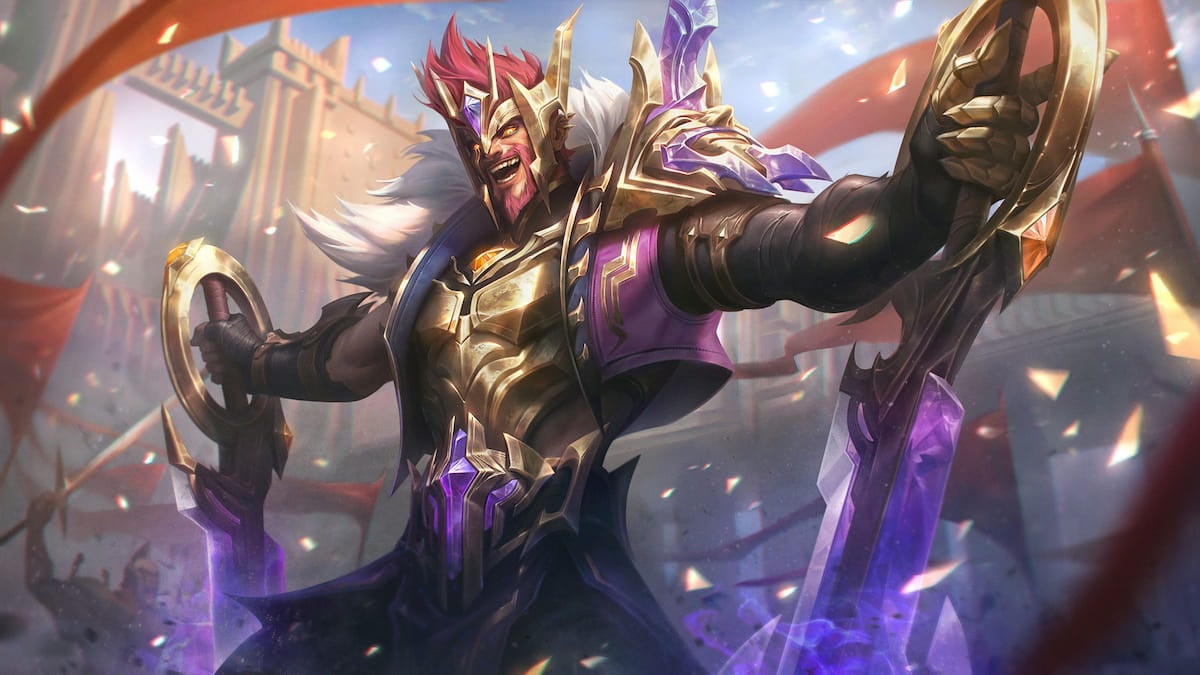
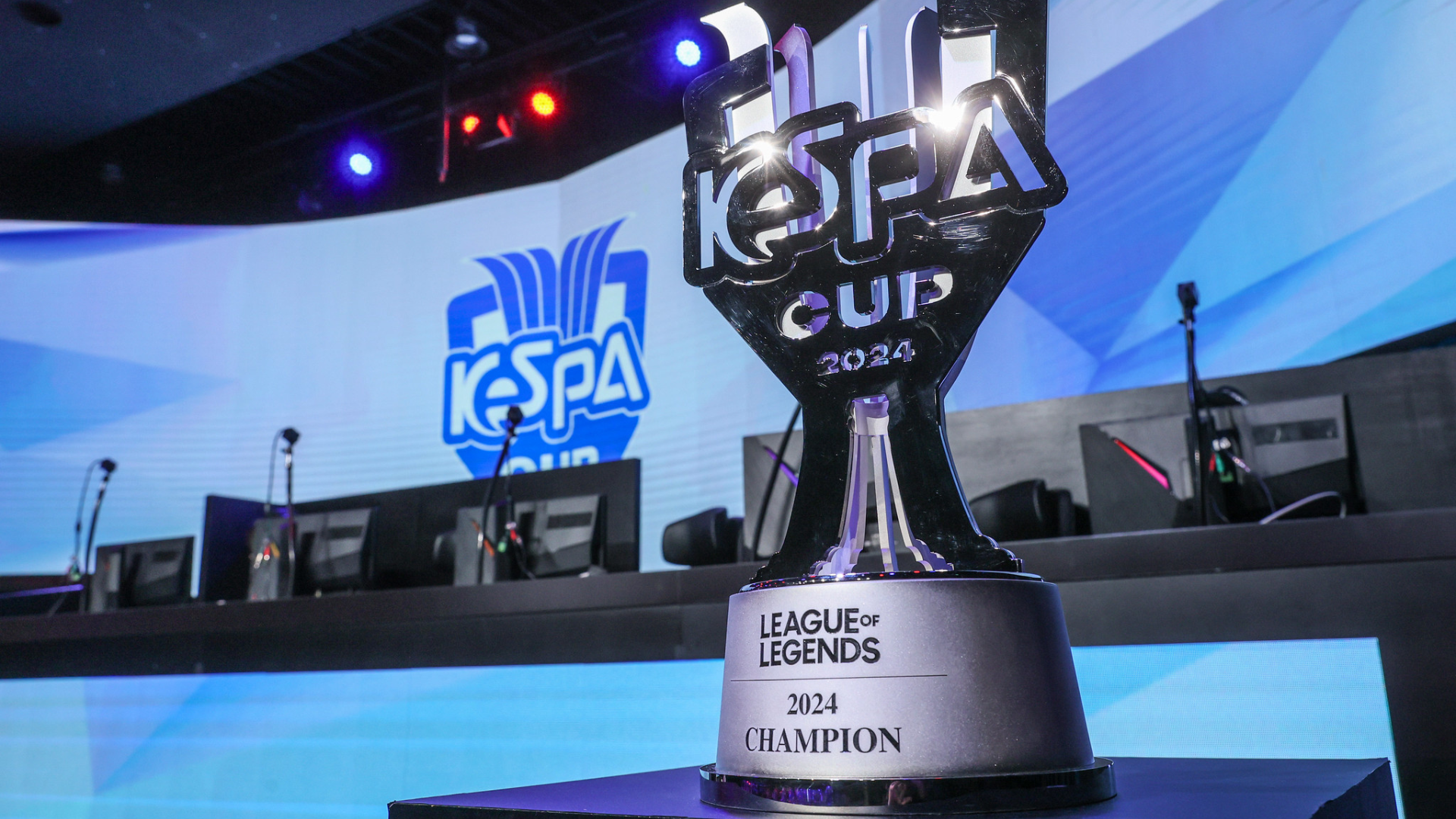
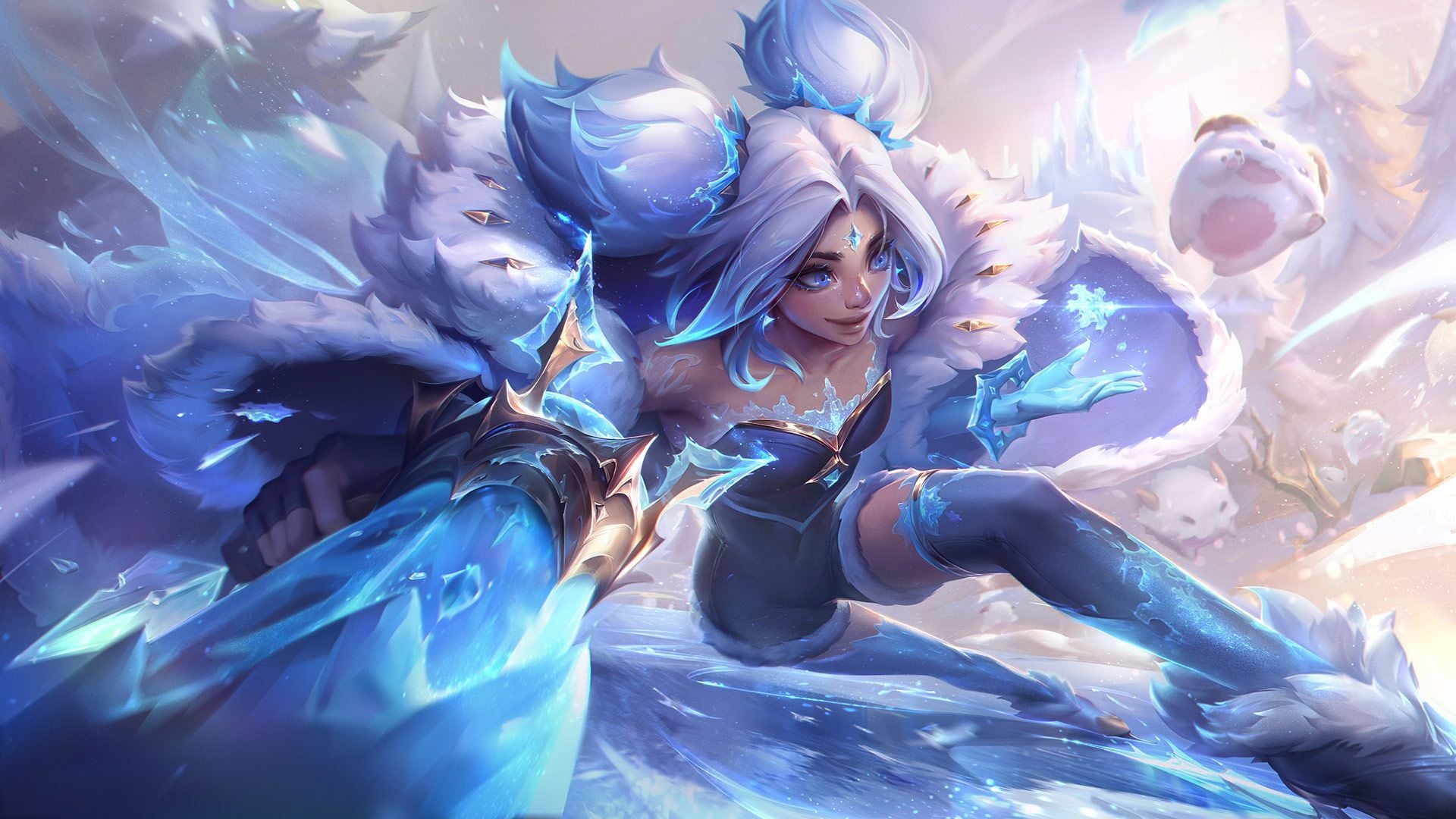



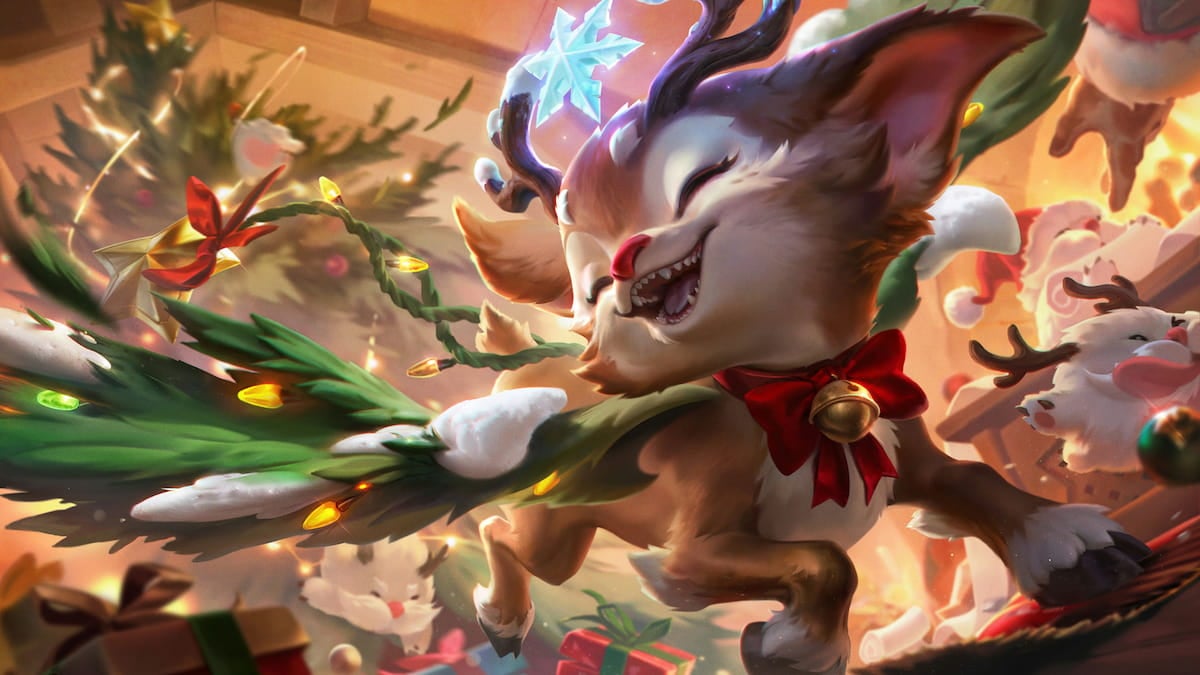

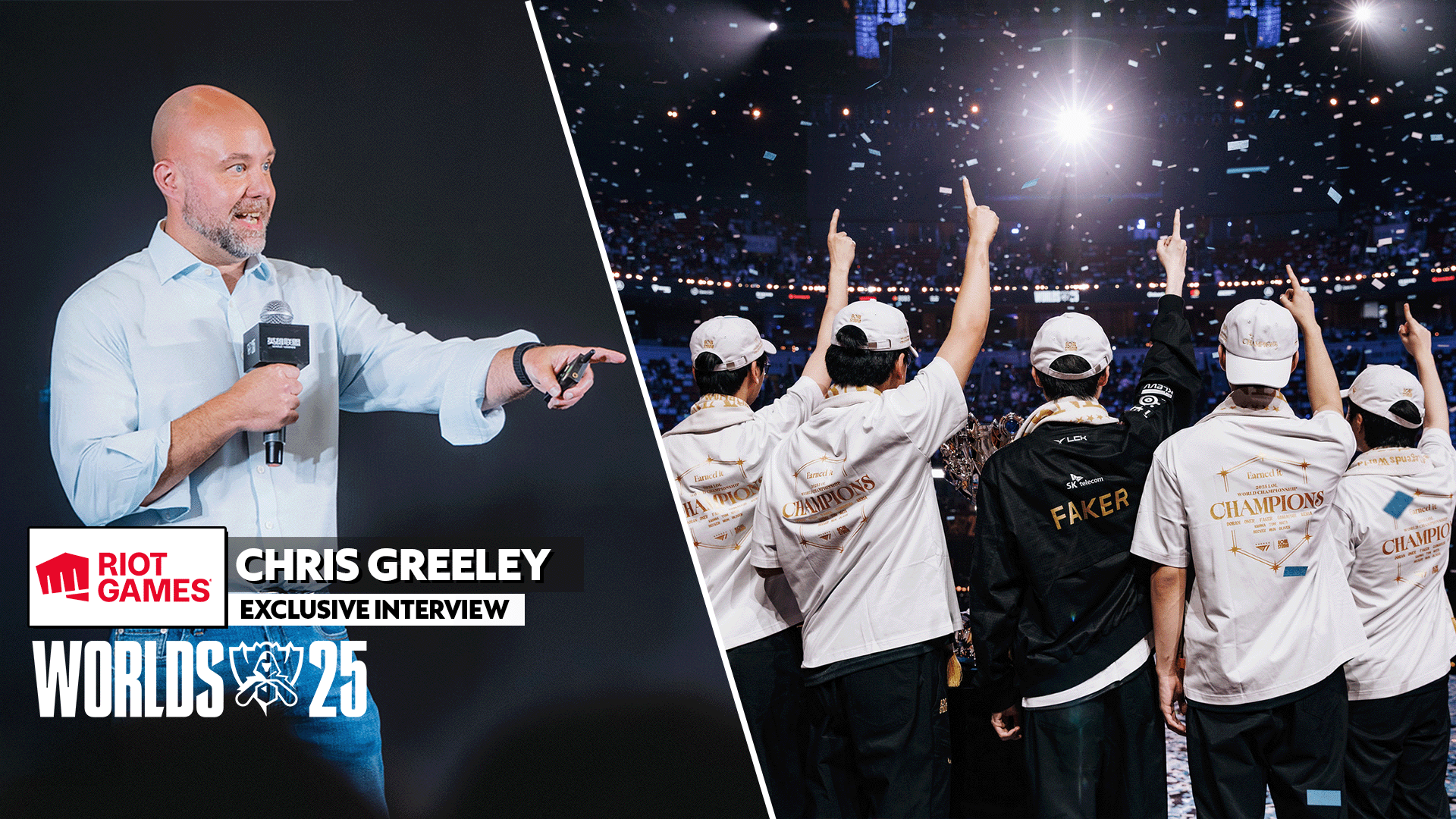
Published: Jun 3, 2014 09:40 am